The First Serbian Archbishop of Saracen Saint Sava purchased the Last Supper Room by covering the entire area with golden coins. Later the icons of the Nursing Theotokos and the Three-handed Theotokos, were given to him by monks of the Mar Sabba Monastery, which can be found on Mount Athos today.
Fascination is certainly one of the more appropriate expressions to describe the feeling of a person, not just the believer, when found in the Holy Land and the Holy City of Jerusalem. But this feeling is not the only emotion that pilgrims and “ordinary” tourists from Serbia, as well as Serbs in general, while praying in front of the greatest holy places get. While visiting the holiest places not only of Christianity, but also Judaism and Islam, generally they do not seek or follow the traces of their own history in these places. They simply do not know, at least not enough, about the legacy of the Serbian Prince Rastko Nemanjic, Saint Sava, who twice made the pilgrimage to the tomb of Christ, in 1229 and 1234. And they can’t even come across any signposts or other visible features of his devotional travels.
There, unfortunately, aren’t any today in the Old City of Jerusalem, the Mount of Zion and the Mount of Olives, nor in the Judean Desert, nor in other places of ancient Israel. It is even forgotten that from the beginning of the 14th century, King Milutin built the largest monastery in the Old City on the grounds of the ruined endowment of Emperor Constantine and Empress Elena, and dedicated it to the Holy Archangels Michael and Gabriel. Only the best connoisseurs can show the place in front of the Damascus Gate where the monastery’s gate once stood, like the ninth gate of the Old City, Bab al Srb – Serbian Gate.
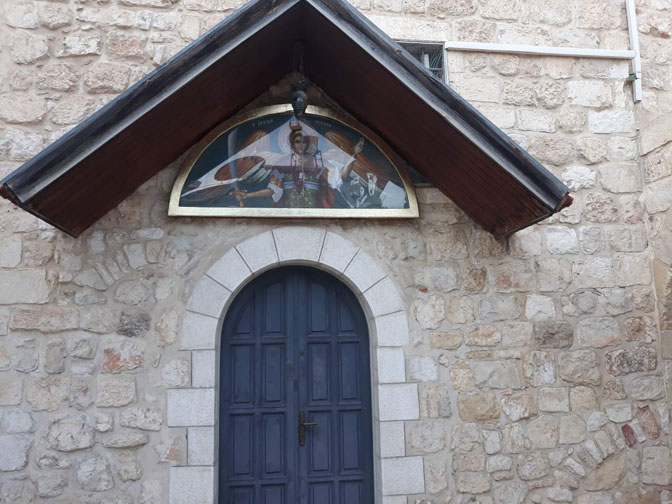
A plaque put up at the ONO Academic College in Jerusalem in November during the opening of the Serbian-Jewish Center “Saint Sava and Jehuda Alkalaj” testifies for the first time in a long time about the presence of the founder of the Serbian church in holy Christian places and about the long historical ties of Serbs with the Holy Land and people of Israel. “There are deep roots in the closeness between Jews and Serbs. The special merit of the Serbian spirituality and the metaphysical foundations of statehood, strengthened by the radiation of the Holy Land, belongs to Saint Sava, the founder of the autocephalous Serbian Orthodox Church, a law-maker, an enlightener, a diplomat and an epochal embodiment of the example of a Serb and a world man, “Professor Darko Tanaskovic said in his words at the opening of this center.
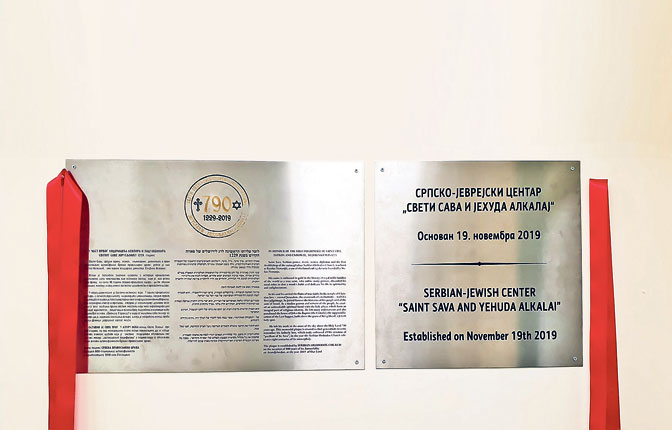
A short text in Serbian, Hebrew and English on the memorial plaque commemorating the 790th anniversary of Saint Sava’s first pilgrimage to Jerusalem, has already interested some ONO college students for a little deeper insight into Serb history than they already know thanks to the ties of the fathers of the modern Israeli state. The national interest in rebuilding and consolidating diplomatic, political, cultural and academic ties with Israel and the Jews today coincided with the need to revitalize, commemorate, and show the footprints of Serbian Saint Sava and other Nemanjic in the Holy Land.
“In addition to the undoubtedly realpolitical importance, Serbia’s relations with the Middle East have considerable historical depth and civilizational rooting, which are not sufficiently taken into account by the dictatorship of foreign political pragmatism, driven by changing international political circumstances,” says Tanaskovic, an orientalist philologist and doyen of diplomacy. When it comes to the Holy Land, it still shows, today, the signs of pilgrimage and spiritual as well as charitable activity of Serbian Saint Sava.
“These notes should be renewed and this country made a gathering place for Serbs, especially the youth, in order to restore a shattered sense of belonging to a Christian family founded at a time when there was a supra-political and supranational community in a system of values that was universal, and to Saint Sava this prominent affiliation was by no means in no way separated from the Serbian culture. The Serbian multiple-memorial mirror in the Holy Land, if we know how to pull it out of the darkness of neglect and oblivion into the light of modern knowledge, will portray our character, both to others and ourselves, in dimensions of which we have ceased to be, and as if have ceased to be, aware. By doing this, everything that our country is doing internationally indirectly becomes more convincing and effective. Because, we have been here for a long time! “, Concluded Tanaskovic.
Rastko Nemanjic’s first pilgrimage, ten years after the acquisition of the autocephalousness of the Serbian church – which was to be consolidated – also represented an important diplomatic mission for the medieval Serbian state.
Apart from having richly donated everybody, while visiting the holy places on two occasions (his nephews, then rulers of the Serbian lands, Radoslav, then Vladislav, supplied him with gold, silver and other treasures) Rastko-Sava built a monastery of the Holy Cross not far from Jerusalem. At this place where, according to tradition, a triple tree emerged from which the cross was made on which our Lord Jesus Christ was crucified. Saint Sava also bought from Genoa the Church of St. George in Accra, He bought land on Mount Zion, and erected the monastery Kalamon (today St. Gerasim) …
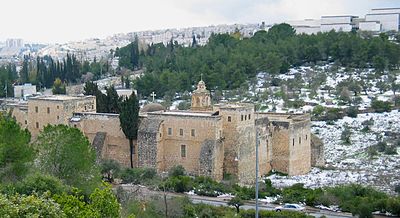
On his first visit to the Monastery of Saint Sava the Sanctified, Mar Sabba, in the Judean Desert, the prophecy of this saint from Cappadocia is said to have come true. When Sava Serbian walked into the monastery church, a scepter of St. Sava the Sanctified fell from the pedestal on which it stood since the retirement of Mar Sabba in 532. The same thing happened the next day. “Then someone remembered the prophesy of Saint Sabba the Sanctified in which he demanded that they hand over his scepter (‘shepherd’s stick’) to an archbishop of the imperial lineage and of the same name when one day he comes from the West,”. This scepter, as well as two icons that all Serbs must have heard of, the Nursing Theotokos and the Three-handed Theotokos, the first Serbian archbishop received from the monks of this monastery, are on Mount Athos today.

The churches and endowments he erected in the Holy Land were left by St. Sava as a metochion precisely to the monastery of St. Sava the Sanctified, one of the oldest continuously “living” Christian monasteries. This monastery was populated by Serbian monks for 130 years and it still has a tower dedicated to Nemanjic dynasty.
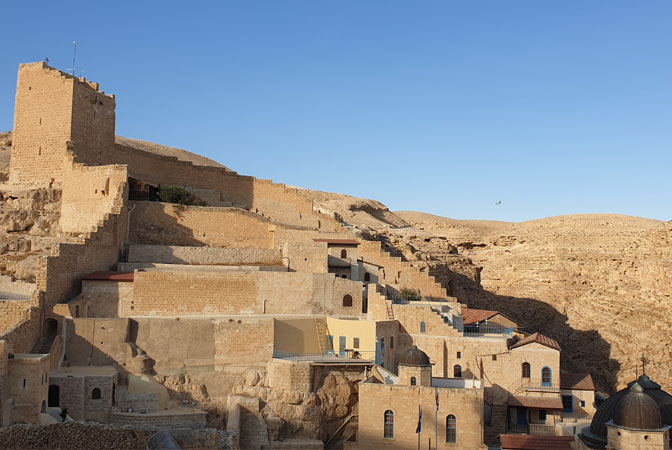
To this monastery, which is located approximately mid-way between Bethlehem and the Dead Sea, and which, in the area of the moon’s landscape, is guarded by Bedouins, only the most devout come. But hardly any visitor to the Holy City will bypass the Upper Room on the Mount of Zion, just outside the walls of the Old City, in the southwestern part of Jerusalem. In this “upper room”, according to tradition, the Last Supper was held, in which Jesus Christ washed the feet of the apostles and established the Eucharist, the sacrament of Holy Communion. Below that room is the tomb of King David, the greatest shrine to the Jewish people after the Wailing Wall. The Upper Room is now owned by the State of Israel and has the status of a museum, and the Vatican, since establishing diplomatic relations a quarter-century ago, has been trying to obtain it. No one today mentions, nor does it have any indication, that nearly eight hundred years ago, the Serbian Archbishop Sava of Saracen purchased the Last Supper Room by covering the entire floor area with gold coins.
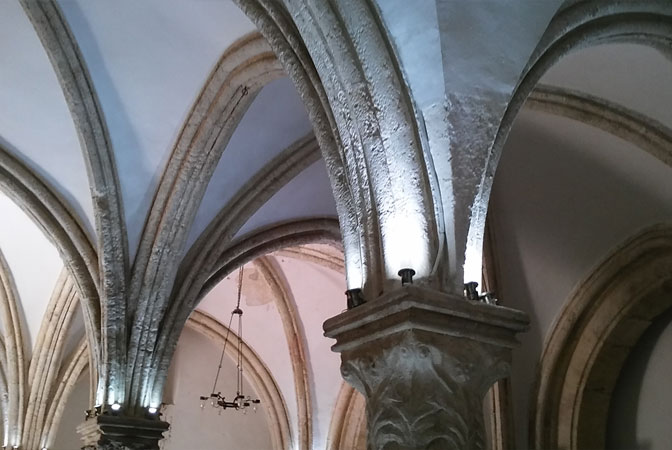
Also, on the hill of Zion was the house of John the Theologian, in which the Virgin Mary fell asleep- and that house was bought by St. Sava, with the surrounding land. He upgraded it into the church of St. John the Evangelist and established a monastery there. The German Benedictine Church of the Dormition of the Virgin is now in that place since 1910.
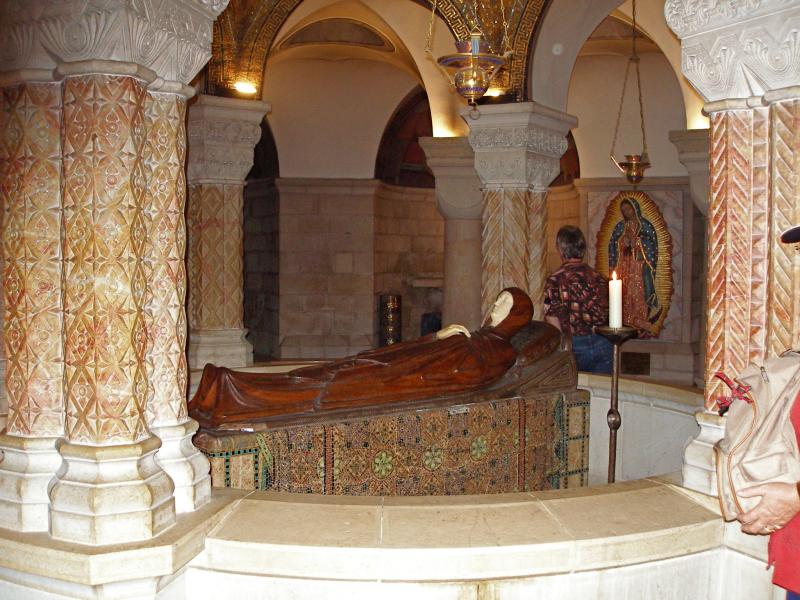
The Nemanjics made donations to shrines in the Holy Land even before Saint Sava’s first voyage there. And, after his pilgrimages the rulers of this medieval Serbian lineage began to establish their endowments, churches and monasteries forming the Serbian monastic brotherhoods there. King Milutin established monastery in the Old City which today belongs to the Greeks and serves as a accommodation for the Palestinians and pilgrims. Emperor Dusan, Uros Nejaki, Jaksic, Brankovic, and the Karadjordjevic and many others left gifts as well. Only, the traces of that are pretty much gone now.

The forests of Karadjordjevic
There is no greater recognition of the Israelites than of planting a forest in your honor. And the Serbian ruling dynasty Karadjordjevic has as many as two such memorials. Thousands of eucalyptus trees in honor of King Peter the First of Yugoslavia were planted in 1927, on the tenth anniversary of the Balfour Declaration, which Serbia first recognized. Dusan Mihalek, a tourist guide from Israel, originally from Novi Sad, and his mother, found a broken old memorial plaque ten years ago and somehow “glued it”. The old plaque stood there until a new one was erected in a central place in that memorial forest, which Ambassador Zoran Basaraba (2011–2013) took care of.
Less is known about the forest of King Alexander the First Karadjordjevic, planted in 1937, after his assassination of Marseille. The forest was planted in gratitude for his attitude towards Jews in Seribia. “There was also a blueprint for the monument as one capital letter A. This was supposed to be made on the top of the mountain, but there was a war, then the founding of the state of Israel, and the struggle to maintain it. The memory of Israeli Jews, even those who came from Yugoslavia, began to dim. Now one of the best high schools is located there. And those trees still stand there. They just don’t have any character, “Mihalek says. The two forests are close to each other, in the northern part of Israel. Petar’s is below Nazareth, and Alexandar’s is towards Haifa, below Mount Carmel, Mihalek explains. It is above the largest Yugoslav kibbutz, Sha ‘Ar Ha’ Amakin (meaning the Gate of the Valley).
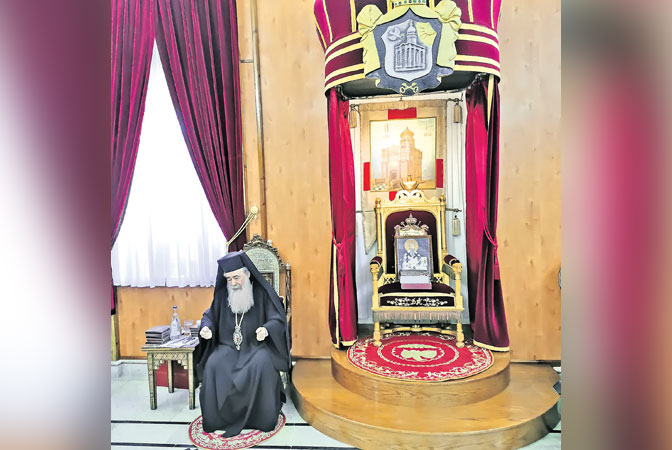
Reception of the Patriarch of Jerusalem Theophilus III.
Serbian Saint Sava on the throne of the Patriarch of Jerusalem. An interesting scene with the icon of Saint Sava was recorded during the reception of a delegation of representatives of the scientific and cultural institutions of Serbia in the Patriarchate of Jerusalem. Patriarch Theophilos the Third, among all others, received this icon as a gift and carefully placed on his throne. In a long conversation in which the patriarch of the Holy City of Jerusalem and all Palestine spoke about the importance of the “mother of all churches,” the Patriarchate of Jerusalem, and her role in the eternally restless area where “religion determines everything,” he also said that he had been to Serbia several times . When asked about the condition of the SOC temples in Kosovo and Metohija, the Patriarch of Jerusalem replied that “we are all victims of globalization”, that globalization is “the promotion of liberal values” and that they are reduced to the question of how to destroy every kind of identity – cultural, religious, linguistic. even biological. The patriarch emphasized the need to be optimistic because we were given a blessing to believe in the resurrection of Jesus Christ for centuries.
Hymn to Serbian Saint Sava
Hymn to Saint Sava is song dedicated to Saint Sava (1219-1233), the first Archbishop of Serbia, founder of the Serbian Orthodox Church and important cultural and political worker of his time.
Lyrics of Hymn to Serbian Saint Sava:
Let us sing with love To Saint Sava.
Serb churches and schools Glorify Him!
Serb pride-protector of schools Good shepherd, St. Sava,
Let us praise Him, O Serbs Let us sing His hymn thrice!
That all Serb lands Can soon be united Sun of freedom and righteousness
To shine to us at once: To live in love and harmony Help us, O Holy Father Sava,
Hearken the voice of the people, The Serb nation!


This is such an informative article! I had to search a long time to find it!